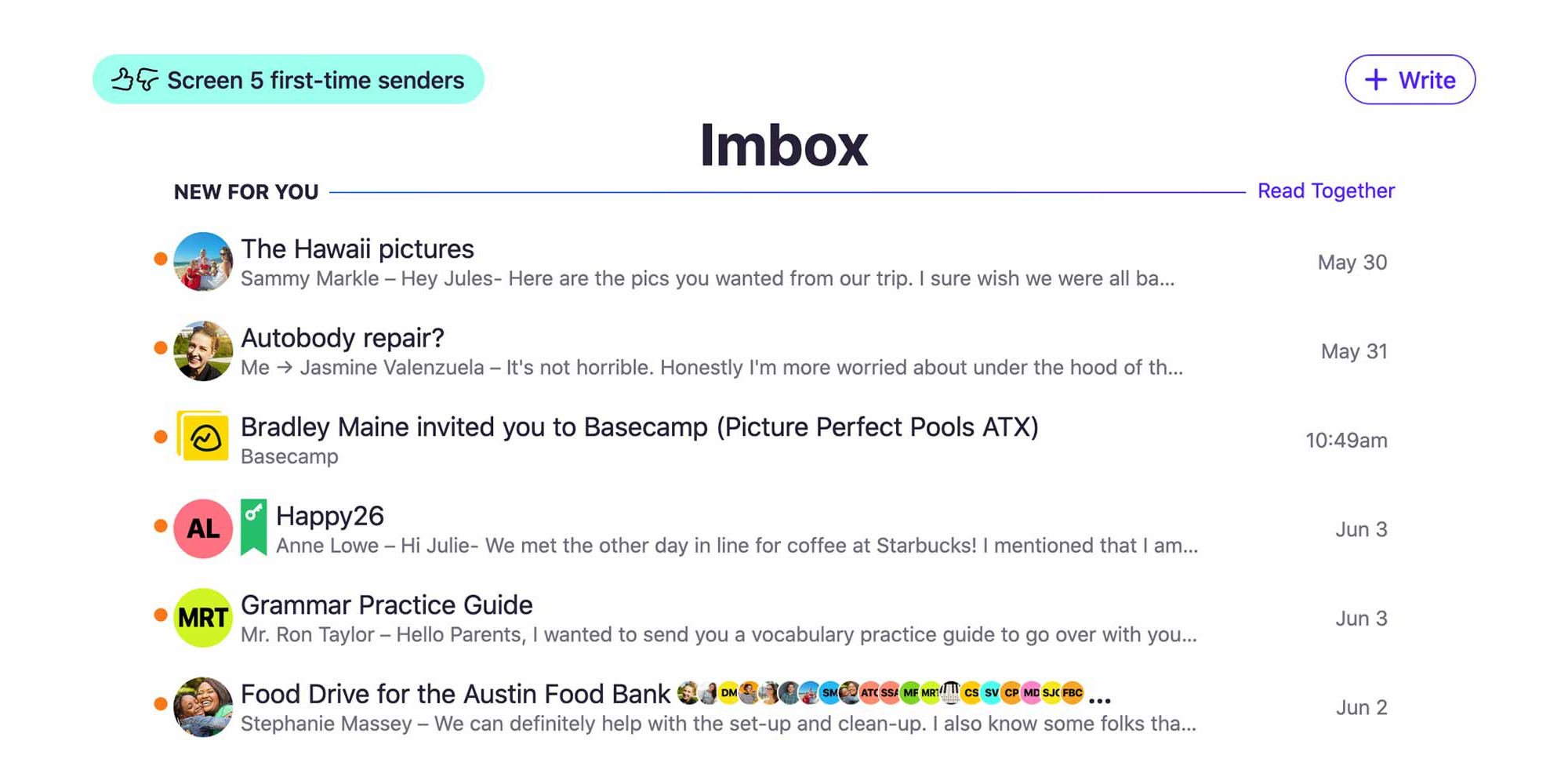

Some of them simply prevent all images from loading regardless of whether or not they’re part of the body. They will preemptively identify when an email has a tracking pixel in it and will prevent that image from loading.

One thing privacy apps do is block email tracking. Gmail and Outlook both have apps that work to maintain and build privacy for their users. There are a lot of different email clients out there, and there are a lot of plugins and extensions and apps for many of the best clients. False positives can be pretty annoying, and are just as bad if not worse than instances where your tracking doesn’t work at all. If your prospect gets an email saying “hey did you forget what I told you” rather than “hey did you catch my message”, they may just roll their eyes and tune you out. Some email systems are configured to send more rapid follow-up messages, or to send follow-up messages that acknowledge that the user has seen the initial message. Normally this wouldn’t be a problem, but you then have a false positive in your database. In the process of loading the email, they load the tracking pixel, which triggers your email client to say “hey, you contact opened this message!” It opens the email, loads the contents, generates the preview, and marks the email unread for the purposes of read tracking in the client. The problem with this is that, in order to generate the preview, the email client generally needs to open the email in the background.

That way they can see and respond to their emails while offline, or they can view a quick preview of a message and decide what to do with it before ever opening it. Some systems will load a preview of an email, so it’s ready when the user chooses to open it. The first possible problem you may encounter is that email previews are messing with your open tracking. Simply knowing that open tracking works because of an image in the email should give you an idea of the possibilities. It’s a pretty simple system, but even so, there’s a lot that can go wrong. Email tracking truly does use a pixel they embed a 1px by 1px square image in your email and track when the server responds to a call to load that pixel. These are called pixels because they all trace their inspiration back to email tracking.

Facebook has one, and so does Twitter, Instagram, and many other social networks.
#Free email tracker for mac code
Have you heard of the Facebook tracking pixel? It’s not a “pixel”, it’s a snippet of code that loads when a user visits the page, scripts executing and harvesting data on the user and their behavior. There are a lot of different reasons why email tracking can fail, and you can only fix a few of them. You’re blind to a piece of information you used to rely on, and now you have to figure out what’s going wrong. You can get to know a lot about a person individually, or an audience in aggregate, based on open times and open rates.Īll of this just means that, when your open tracking stops working, you feel lost. Knowing when an email was opened can inform you when you should send a follow-up if you want it to be seen. Knowing whether an email has been opened and ignored or it slipped through the cracks can dramatically change the kind of follow-up you send. It’s also one of those features that, once you’ve used it for a while, you might consider indispensible. After all, you’re really just waiting on replies, and you’re going to send a follow-up regardless, right? Why do you need to know whether or not the message was opened? Email tracking is one of those features that, when you’re a small business, a casual salesman, or someone operating an outreach campaign, might not seem essential.


 0 kommentar(er)
0 kommentar(er)
